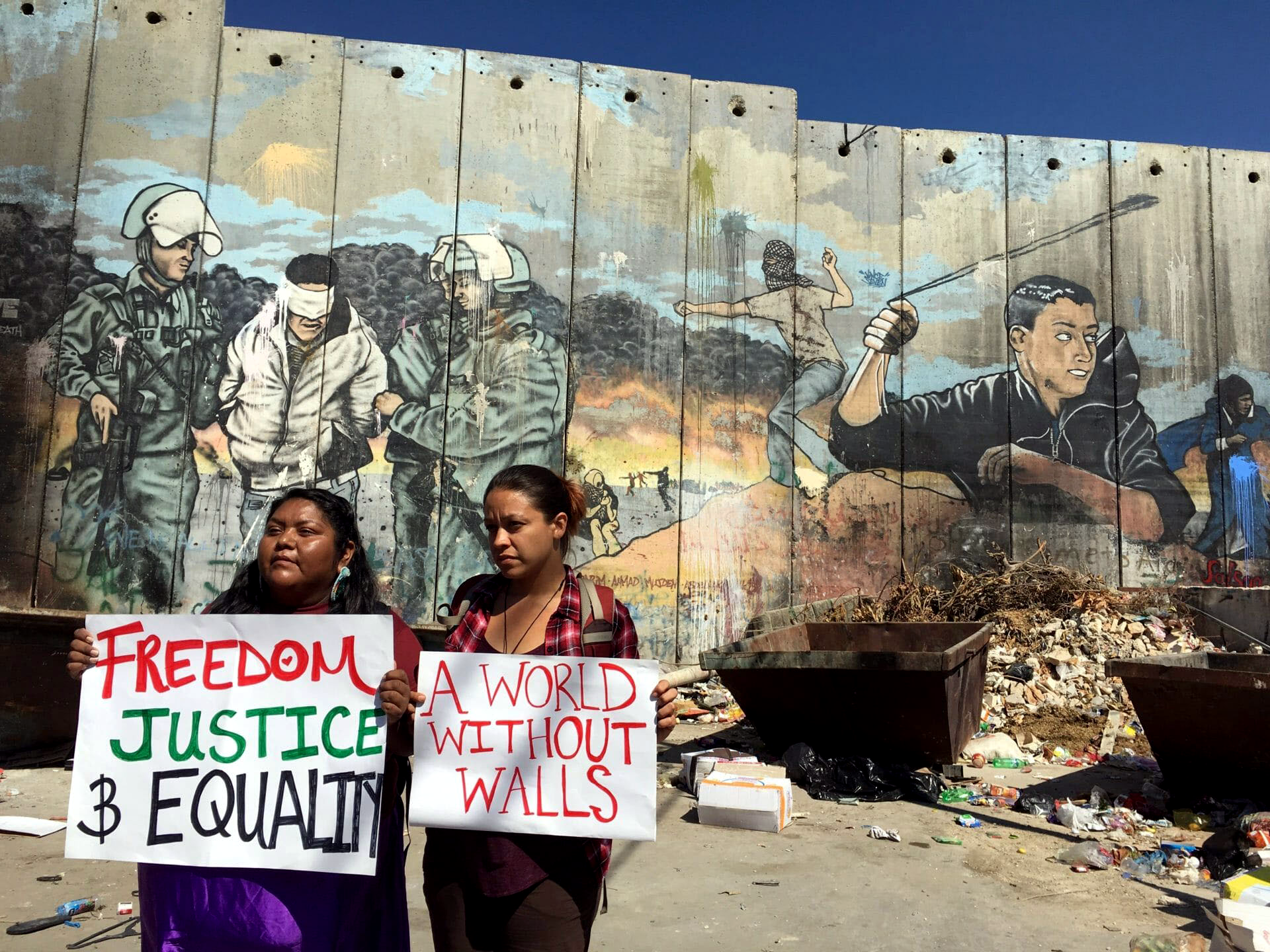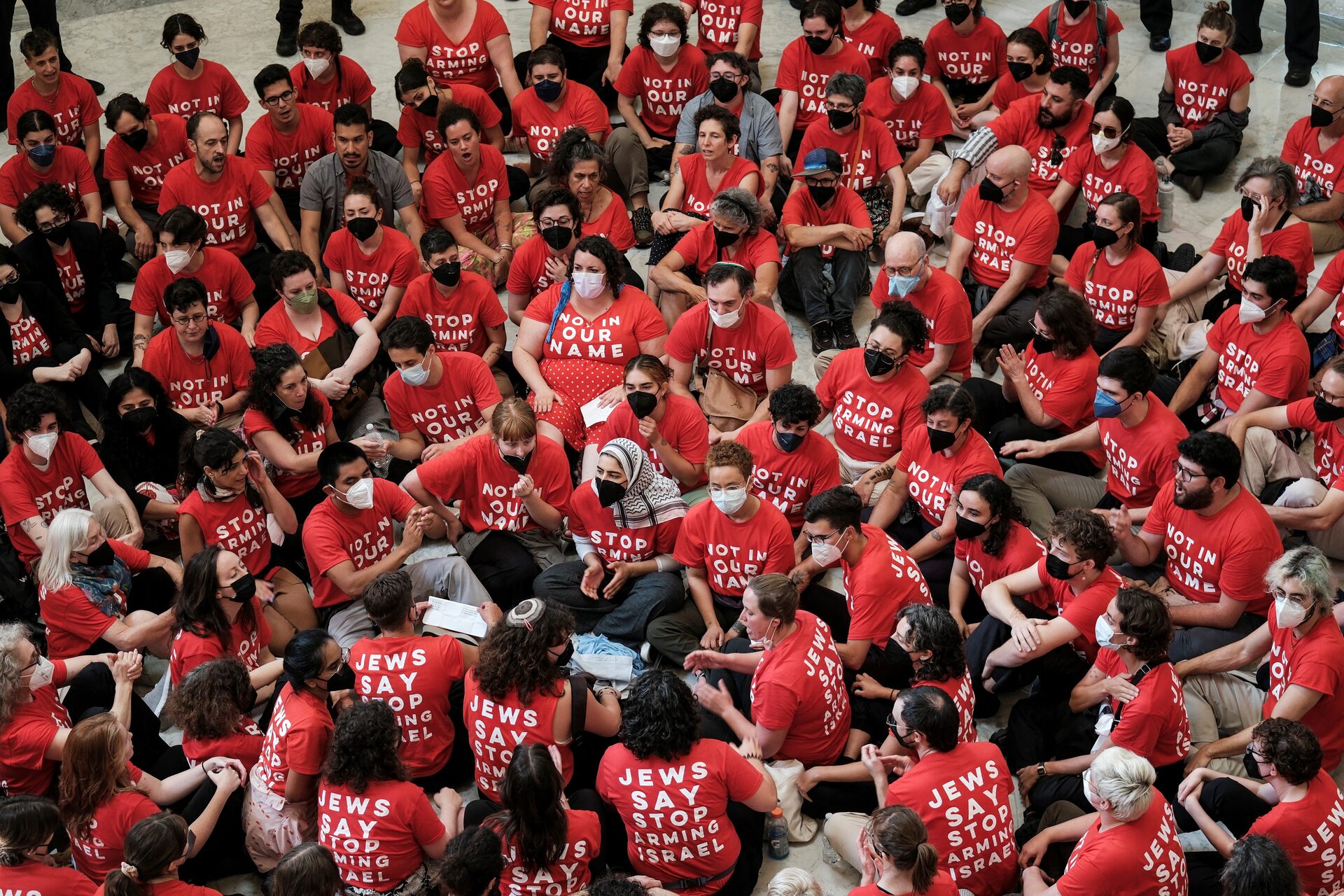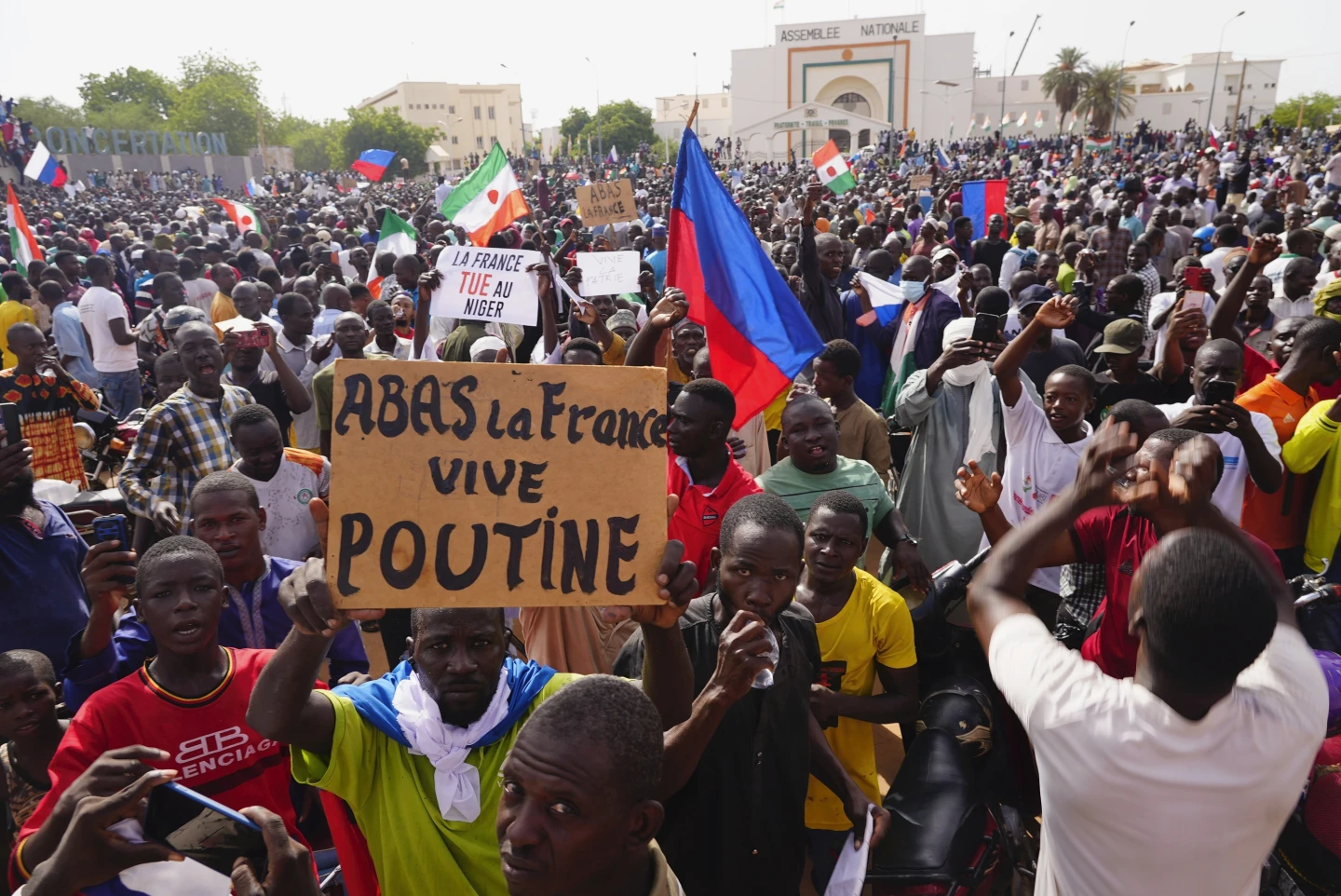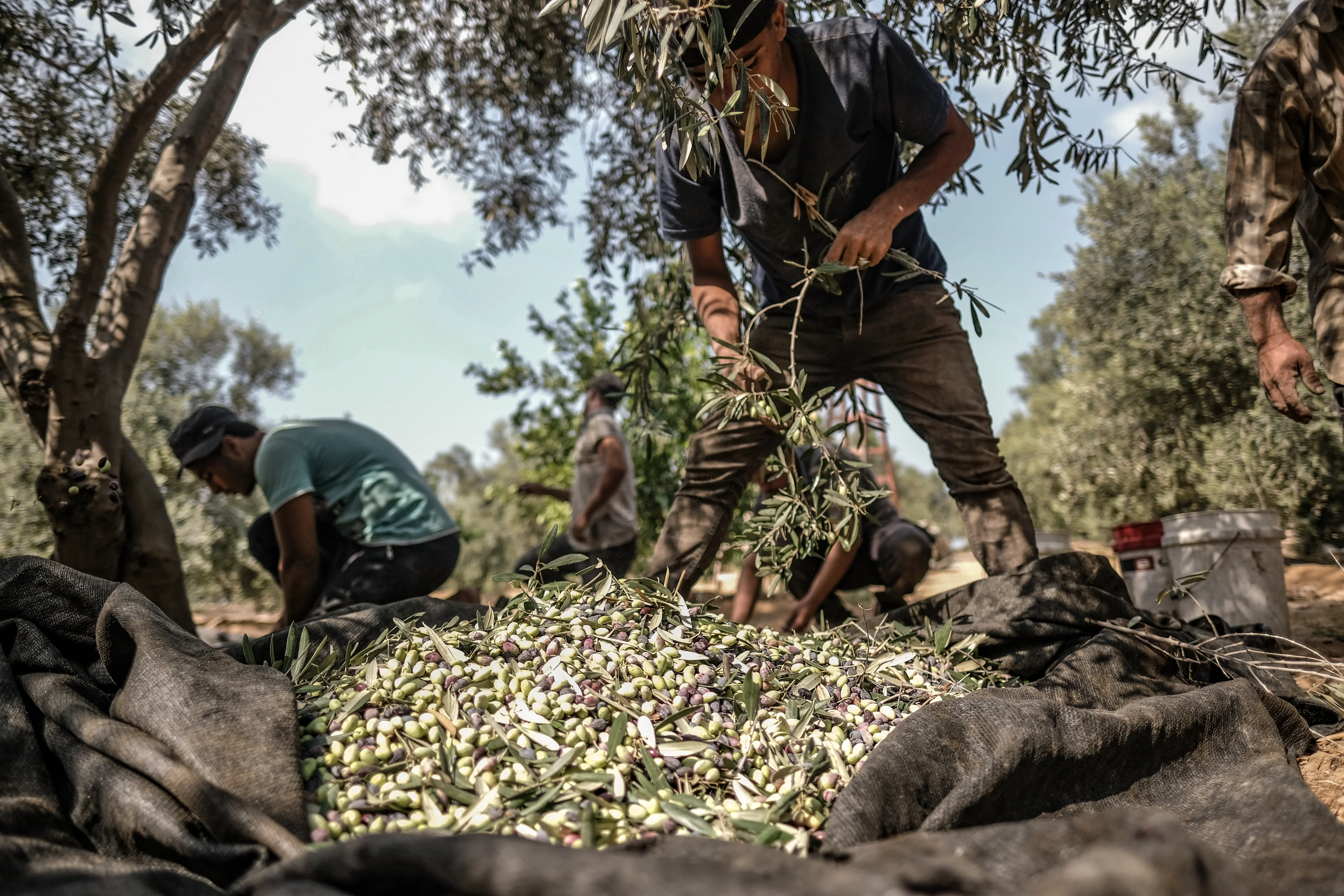Recursive Genocide and the Enduring Violence of the Settler
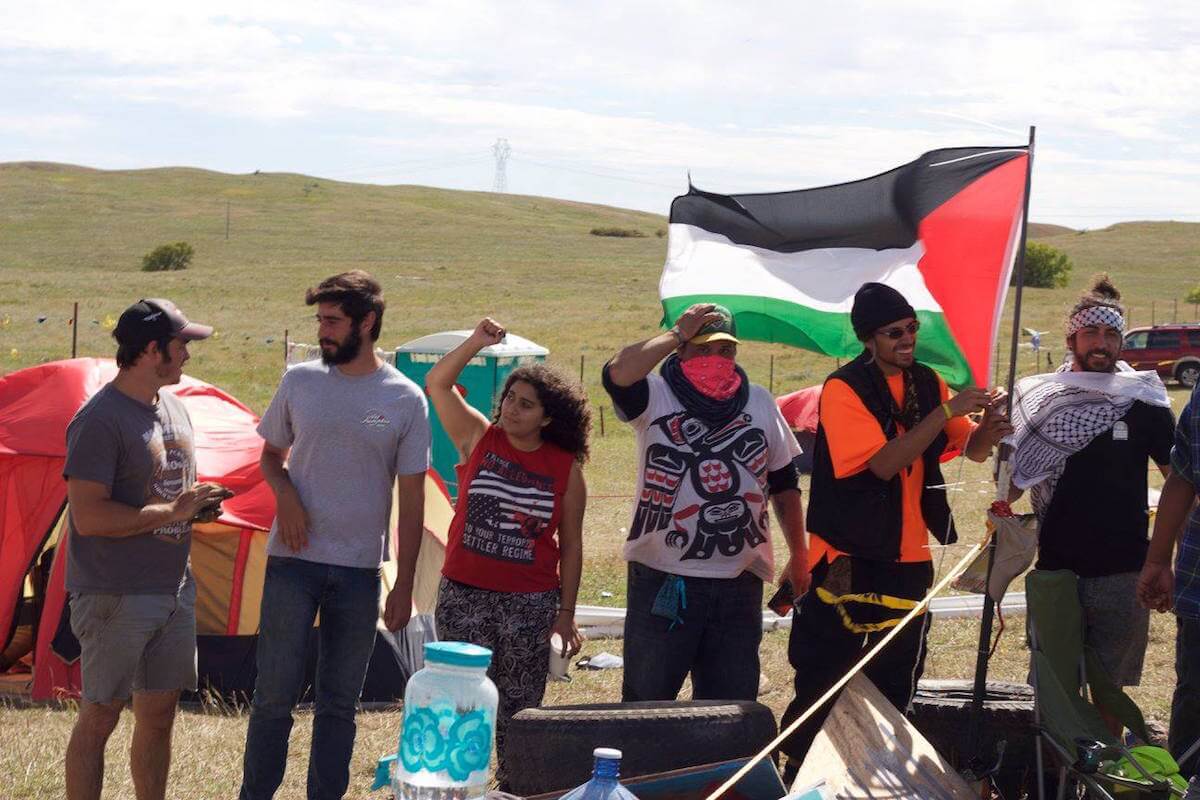
In the shadow of the Holocaust, the United Nations formally defined genocide and officially adopted the 1948 Convention on the Prevention and Punishment of the Crime of Genocide. Fueled by the “intent to destroy, in whole or in part, a national, ethnical, racial or religious group,” genocide, by the UN’s definition, includes “killing,” “causing serious bodily or mental harm,” “deliberately inflicting … conditions of life calculated to bring about its physical destruction,” “imposing measures … to prevent births,” and “forcibly transferring the children of [one] group to another group.”
Though the UN definition of genocide should provide world leaders, humanitarians, and academics with a common framework to identify and prosecute crimes against humanity, its narrow scope strangles its application. The UN fails to acknowledge, prevent, and command reparations for the many crimes against humanity committed across the world today, including those by Israel against Palestinians and by the U.S. against Indigenous peoples. The definition’s rigidity prevents international organizations from appropriately labeling these waves of violence and fails the affected communities — who most intimately bear the consequences of defining genocide.
The injustices faced by Indigenous communities worldwide underscore the urgency for a universally recognized definition of the specific form of violence they experience under settler colonial rule. For example, “cultural genocide” — the violent and non-violent repression of cultural groups — is still not internationally recognized as a crime, fuelling the operations of oppressive settler regimes.
Today, acts of cultural genocide particularly ravage Native populations living in settler states like Canada, the U.S., and Australia. Cultural genocides have restricted the use of Native languages, criminalized ritual practices, and destroyed educational institutions and heritage sites. Indigenous children have been forced from their homes into boarding and mission schools. Others have been adopted by white families to uproot them from their language, land, and culture.
Still, neither the term genocide nor cultural genocide encapsulates the systemic, time-enduring nature of settler colonialism.
Settlers do not merely inhabit Native lands but transform them. In the U.S., settlers violently dispossess Indigenous people of their land, lives, and personhood while erecting social, political, legal, and economic orders which wholly work to serve the settler. To understand how settler colonialism transcends the scope and definitions of genocide, cultural and physical alike, we must understand how these settlers legally stole Indigenous land.
In Theft is Property! Dispossession and Critical Theory, Dr. Robert Nichols, a professor of political science at the University of Minnesota, argues that Indigenous dispossession is settler colonialism. Nichols responds to criticisms that the Land Back movement is contradictory because many Indigenous tribes do not believe in the concept of land ownership. As this argument goes, how can Native land be “returned” if Native people never “owned” it in the first place?
The concept of land ownership in modern capitalist societies must be understood as the very tool that enabled the development and expansion of settler colonial states. From the start, settlers violently dispossessed Indigenous people from their land. Settlers then created rules and legal systems, wielding deceptive tribal contracts as a weapon to justify their claims of ownership over Native lands. Nichols coins the term “recursive dispossession” to describe how settlers’ legal systems work to continuously legitimize the foundational atrocities they committed and normalize their ongoing violence.
The recursive nature of settler colonialism maintains the existence of the settler reality, twists historical memory and cultural consciousness, and inflicts unending violence on Indigenous peoples.
Recursive genocide begins with acts of physical genocide intended to dispossess and eliminate a group. This often manifests as massacres or mass removal. The foundational act of the State of Israel, for example, was the 1948 Nakba, in which Zionist forces expelled 750,000 Palestinians from their homes and ethnically cleansed 15,000 more in brutal massacres. The Nakba must be understood as an ongoing phenomenon, which threatens Palestinians to this day. Yet even before 1948, Jewish settlers, backed by colonial administrations, were restructuring the nature of land ownership and legal systems in Palestine.
Israel, then, constructed a legal system intended to recursively reproduce violent acts of Zionism. For example, the Absentee Property Law of 1950 stated that any property or asset whose previous owner was not present between Nov. 29, 1947 and the day of its adoption in 1950 could be confiscated and impounded by Israel. In effect, this law meant that Israel could legally seize the land and assets of the same Palestinians it forcibly — and illegally — expelled in years prior.
After some time, physical acts of genocide may appear to lessen in severity. In reality, settler states perpetuate systemic violence as long as they exist. This is laid bare by Israel’s campaign of destruction in Gaza and unchecked settler violence in the West Bank. In the background, Israel continuously wages cultural genocide against Palestinians, such as its looting and destruction of Palestinian Christian and Muslim archaeological sites, museums, and archives in the 1950s. For decades, Israel has used a combination of military orders and force to crack down on Palestinians for organizing vigils and processions, distributing materials deemed “political,” and even for holding Palestinian flags.
The settler state does not stray from its foundational violence but instead adapts, strengthening its ability to hide this violence. By destroying culturally significant sites, restricting or banning rituals, and erasing the history of a people, the settler state seeks to make their very existence illegal, stripping them of rights-based protections from physical violence. Similar tactics were used against Jews in Nazi Germany, who were stripped of their citizenship, ritual books, and synagogues — the latter two which were destroyed en masse.
The enduring existence of Indigenous peoples always threatens the settler state’s legitimacy and “right” to nationhood. The settler state fears Indigenous populations, whose presence alone holds the potential to unravel all oppressive, colonial structures that exist.
